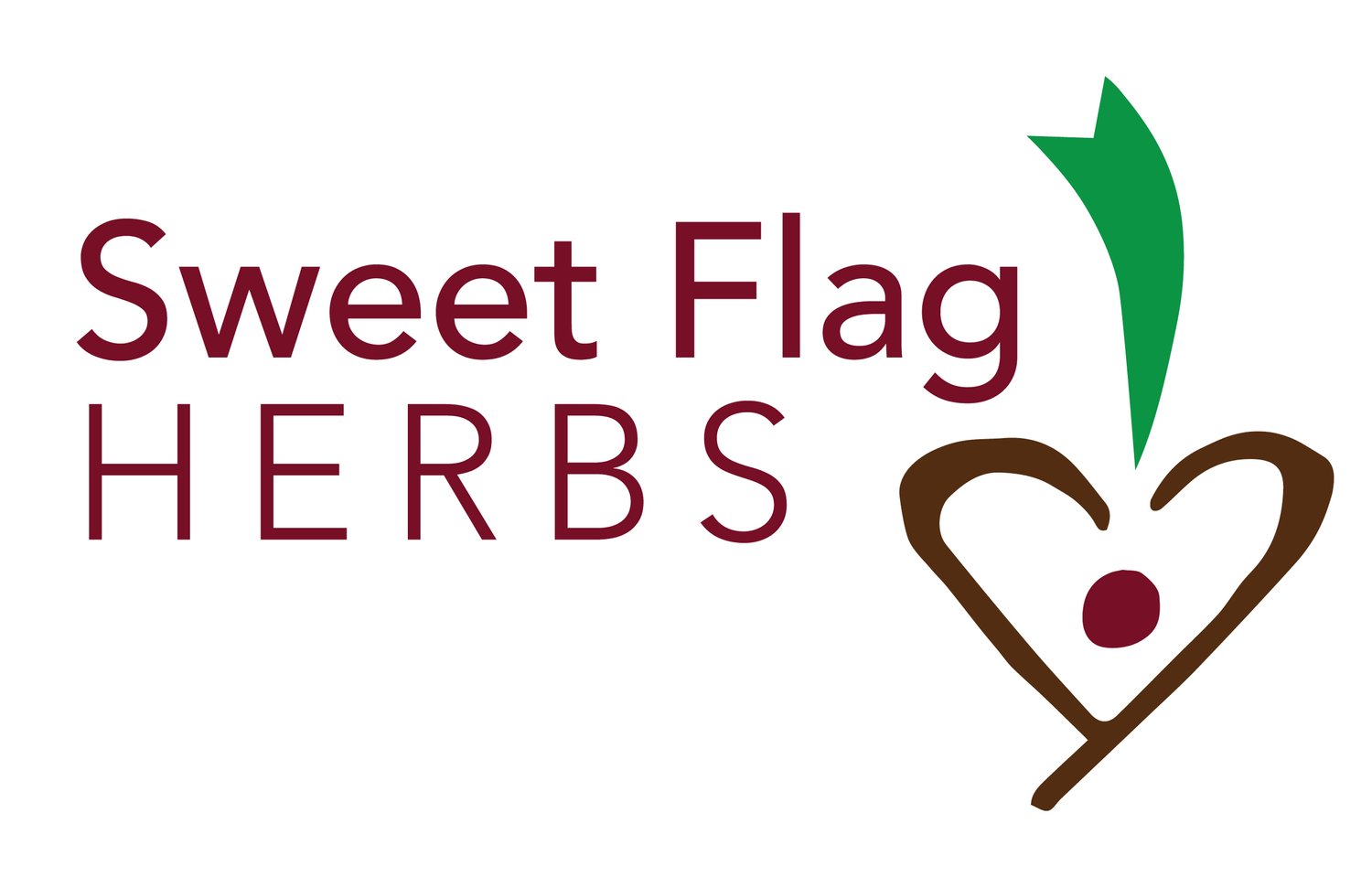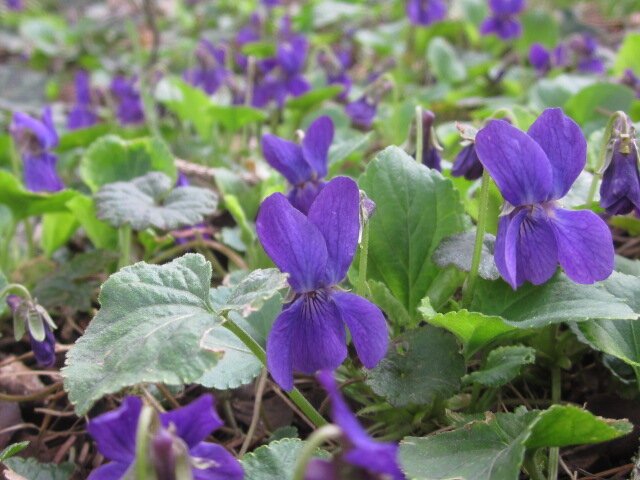Reflections on Cultural Appropriation & American Herbalism: Lumia Box Origins
Over the past 15 years working as an herbalist, educator, gardener, and farmhand, plants have graced me with a sense of connection. In addition to the environmental sustainability perks of relying on local plants, growing and preparing food and remedies nurtures awareness of place. It strengthens my sense of belonging in my local community.
In my garden, I enthusiastically grow species that are native to the northeastern United States—plants that are vital to the well-being of native insects, birds, and other wildlife. It’s an honor to steward and restore the 6 acres we live on.
And—the more I learn and grapple with being a white citizen in our colonial country, the more I experience a deep sense of loss and grief. The place I call home was taken from the Seneca Nation, and my ancestral lands are thousands of miles away.
I haven’t had the privilege of visiting the forests, fields, and seasides that shaped my relatives and their communities for millennia. The native plants so valuable to this Western New York ecosystem are often not species my ancestors knew and held dear.
Like many other Americans of European descent, the languages and customs of my forebears were let go as they assimilated into “American culture”—into whiteness. My Irish, Polish, and Sicilian great-grandparents were not considered “white” when they arrived here, but the surrender of their folkways granted me the white privilege I have today. Now, surrounded by an American culture characterized by individualism, materialism, productivity, fast food, and fads (rather than tried-and-true practices and deep-rooted traditions), it’s strange to come full circle and long for what has been lost.
Image: Violet flowers (Viola sp.) in full bloom in Hamburg, NY lawn.
Cultural Appropriation & American Herbalism
While many white Americans lose touch with ancestral traditions, those who resonate with nature-based customs may feel attracted to First Peoples' cultures of this continent in the absence of their own. This has led to a pattern of cultural appropriation. The National Conference for Community and Justice offers this definition of cultural appropriation from Susan Scafidi:
Cultural appropriation is “taking intellectual property, traditional knowledge, cultural expressions, or artifacts from someone else's culture without permission. This can include unauthorized use of another culture's dance, dress, music, language, folklore, cuisine, traditional medicine, religious symbols, etc. It's most likely to be harmful when the source community is a minority group that has been oppressed or exploited in other ways or when the object of appropriation is particularly sensitive, e.g. sacred objects.”
When I first learned the history of American and Western herbal medicine, emphasis was placed on Greek and Roman practitioners, as well as the white American men who founded the herbal Eclectic movement in the 1800s. The great influence of Indigenous, Black, Latiné, SWANA (South West Asian and North African), and Asian people on Western herbalism’s trajectory—as well as “lower-class” and non-male white folks—has only recently been more widely acknowledged in white herbal circles.
When white folks aren’t taught where our knowledge comes from, we may fall into appropriating information, preparations, uses, and plants without realizing it. This is particularly important for white herbalists who earn money from their offerings to consider, like me.
What’s a white Plant-Lover to Do?
Image: A bunch of fresh lilac blossoms (Syringa vulgaris) sits in front of a jar of honey.
While working for the Chestnut School of Herbal Medicine, I participated in a training offered by Tracc4Movements. During a session for white participants, facilitators emphasized the value of reconnecting with European cultural traditions to counter white supremacy, which is tied to hyperproductive capitalist culture.
Practicing traditional customs, preparing our great-grandparents’ recipes, and learning an ancestral language for its own sake may be unproductive by corporate standards, but they offer a sense of continuity and groundedness that I have longed for. This is a way to enjoy meaningful practices without appropriating those of Black and Brown people.
For me, learning from European and European-descended teachers, reading books about European traditions, and slowly incorporating these practices into my life feels like lighting a cheery lantern in a dark room. I hope my Lumia Box offering provides fuel for other lanterns, too.
To learn more, visit the Lumia box webpage.


